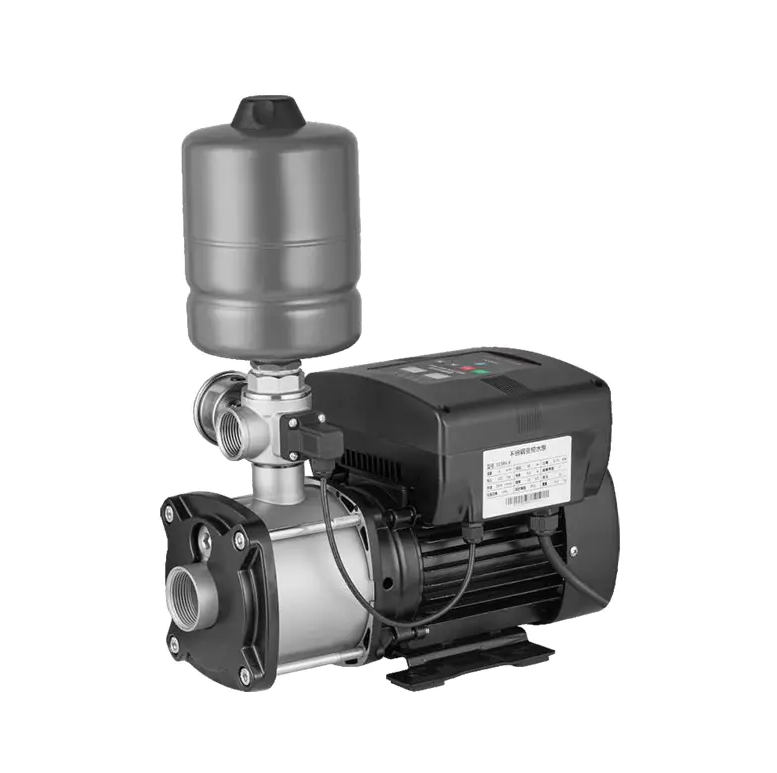How Ingress Protection Enhances the Safety and Longevity of Magnetic Water Pumps

When selecting a pump for long-term use in industrial, agricultural, or residential systems, protection from environmental factors like water and dust is a critical consideration. For systems using a Permanent Magnet Water Pump, understanding whether the design includes waterproof and dustproof features is essential to ensure performance stability and safety.
Most modern magnet-based water pumps are engineered with sealed designs that enhance resistance to moisture and particulate intrusion. These pumps are typically used in fluid handling systems, where splashes, humidity, or direct water contact may occur frequently. To prevent damage or malfunction, manufacturers implement waterproofing strategies that often meet internationally recognized Ingress Protection (IP) ratings. For instance, a pump rated IP65 or IP68 indicates a high level of protection against both solid particles and water, including full immersion in some cases.
Dust protection is equally important, especially in outdoor or industrial environments where airborne particles like dirt, sand, or debris are common. If dust enters the motor housing or moving components, it can lead to wear, friction, overheating, or even electrical short circuits. High-quality sealing techniques, such as gasketed enclosures, non-vented motor housings, and advanced bearing protection, are used to block such contaminants and extend the life of the unit.
The motor section, where permanent magnets operate, is particularly sensitive. If moisture infiltrates this area, it can cause corrosion on the magnet surfaces or the electronic control boards. To address this, many pump designs include potting compounds (protective resin layers), waterproof connectors, and fully enclosed stators. These features are especially beneficial in marine environments or wastewater applications where exposure to wet conditions is constant.
Waterproofing is also crucial when the pump is submerged or partially submerged during operation. In such settings, a non-sealed motor would fail rapidly. Therefore, submersible versions are built with robust mechanical seals and corrosion-resistant housings made from stainless steel or engineered polymers. These materials prevent both physical degradation and chemical damage, contributing to consistent pump function over time.
Another protective strategy is the inclusion of thermal sensors and electronic shutoffs. These features do not directly stop water or dust but provide an additional safety layer. If a breach occurs or the system begins to overheat due to dust-clogged vents or fluid intrusion, these sensors can shut down the pump before permanent damage occurs.
It’s important to note that not all permanent magnet pumps are created equal. Some are designed specifically for clean, dry indoor conditions and may not feature comprehensive waterproof or dustproof capabilities. Therefore, users must carefully check the product's specifications, especially the IP rating, to ensure compatibility with their intended environment.
In conclusion, many versions of this pump type are equipped with strong waterproof and dustproof designs, making them suitable for challenging operational conditions. Whether used in irrigation, HVAC systems, or aquaculture setups, a properly rated and sealed unit will provide long-term reliability while minimizing the risk of environmental damage. Before purchasing, reviewing the technical datasheet or consulting with the manufacturer will help ensure the pump is appropriately protected for your specific application.
- Art
- Causes
- Crafts
- Dance
- Drinks
- Film
- Fitness
- Food
- Jogos
- Gardening
- Health
- Início
- Literature
- Music
- Networking
- Outro
- Party
- Religion
- Shopping
- Sports
- Theater
- Wellness


